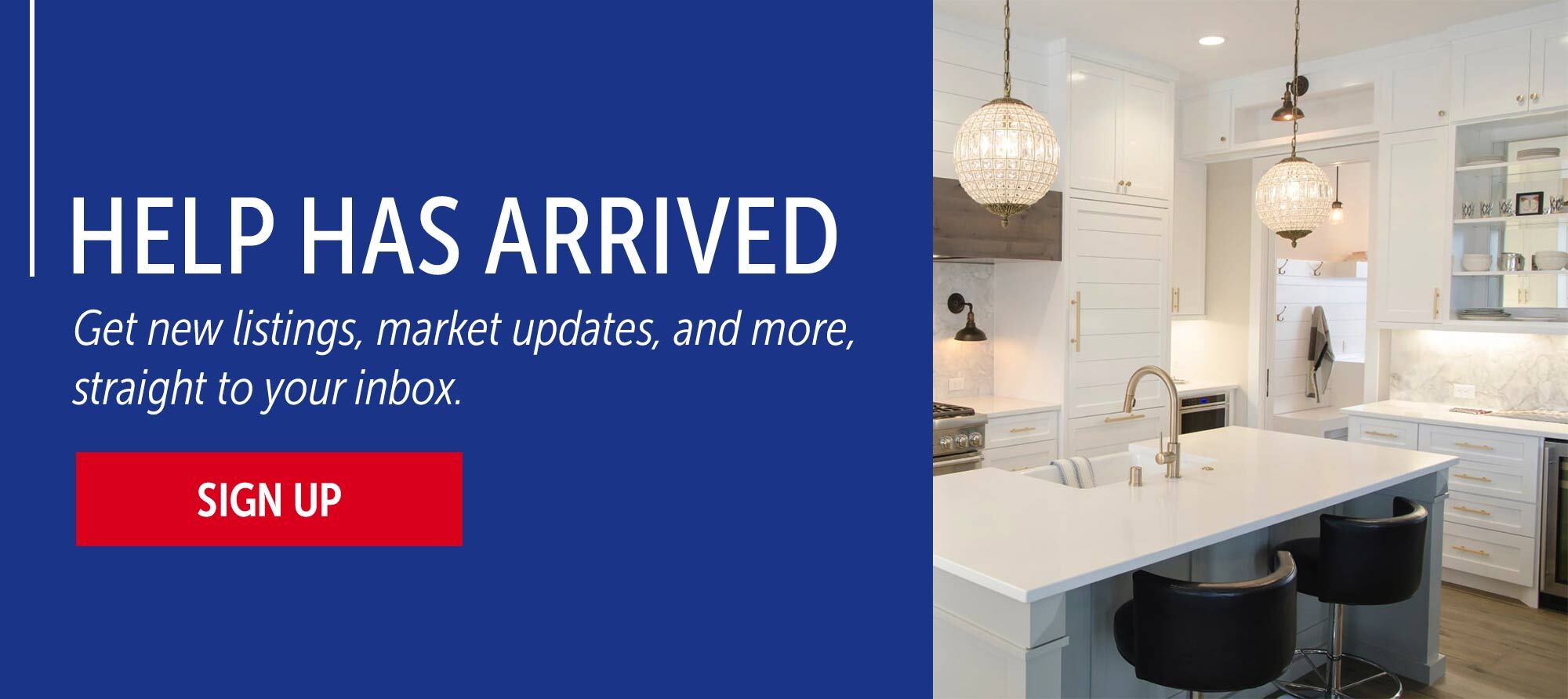Are you a young professional who’s thinking of buying a home? If so, you’re not alone. A lot of first-timers are taking this exciting step—and facing the complications that come with it. One of the biggest challenges you’ll have to tackle is saving up for that perfect piece of real estate. Unfortunately, this process can feel pretty overwhelming. You may be wondering how much money you’ll need, where to park your funds, and how to get started from scratch.
If you’re ready to start saving up for your first home down payment, here’s what you need to know…
Dealing with debt
Saving for a down payment usually goes smoother when you get rid of your debt beforehand. While there are cases where it might make sense to work on both simultaneously, you’ll want to start chipping away at the money you owe first if there are high interest rates involved. Start by creating a budget and a timeline using the following tips.
Decide where to scale back
Consider how you’re currently spending your money. When you look at your ongoing expenses and expendable income, are there any items you can cut? Perhaps you’re paying for streaming services or magazine subscriptions you barely use, or your buying takeout on a regular basis. That money might be better spent on eliminating your student loans or other debts at a quicker rate.
Avoid temptation
Are you prone to pulling out your Visa every time you make a purchase? While accumulating reward points can be enticing, the interest rates will likely wind up adding to your debt load in the end. Consider leaving your credit cards at home and use debit or cash instead. Another simple tip? If you regularly receive promotional emails from online retailers, consider taking yourself off those mailing lists.
Consider a balance transfer credit card
Are you paying high interest on credit card debt? If so, you’ve likely found yourself stuck in a vicious cycle where the money you owe continues to accumulate, even as you make strides to pay it off. Fortunately, you may be able to transfer your debt to a low-interest card. Some even have rates as low as 0 per cent! Just be aware that if you don’t pay it off before the promotional period ends, higher rates will kick in.
Setting your goal
Before you start saving, determine how much you’re going to need. This step can be a bit tricky if you’re not actively home hunting and don’t have a particular property in mind. That said, it’s a good idea to get a feel for average prices for the type of space you’re looking for—whether it’s a condo, townhouse, or detached home.
From there, look at the percentage of your purchase that will go towards your down payment. For homes under $500,000, it must be at least 5 per cent. For those between $500,000 and $999,000, the structure is a bit different. The minimum is 5 per cent on the first $500,000, and 10 per cent on any amount above that.
Hold onto more of your money
One of the keys to saving for a down payment is trimming down your spending. Start by setting up your finances so that a set amount is automatically withdrawn from your paycheque each month. This sum should be deposited into a separate savings account—and left untouched.
As mentioned above, you should also look at your ongoing expenses and decide which ones you can live without. If pausing the gym membership you rarely use and only visiting restaurants on special occasions could help, it may be worth considering.
You may also want to look for creative ways to bring in more money. While it may not be an option for everyone, adding an additional source of income to what you’re making now can speed up the pace of your plan to save. Consider pet sitting for friends, tutoring local kids, or doing some supplementary freelancing work.
Figure out where to put it
When it comes to where you should put that down payment while you continue to save, you have a few options. A GIC (Guaranteed Investment Certificate) is a safe place to invest, while a TSFA (Tax Free Savings Account) is ideal if you want to park your money and avoid taxes. Due to a recent policy change, home buyers can also now withdraw up to $35,000 from their RRSPs (Registered Retirement Savings Plans) to put toward their purchases.
If you’re ready to embark on the path towards homeownership, saving for that down payment is the first step. It may seem daunting, but everyone has to start somewhere. With a bit of perseverance and some solid planning, you can meet your home-buying goal!
Looking for an agent with first-time buyer expertise in Etobicoke? Get in touch! We can discuss what you’re looking for—and how we can help you find it.
